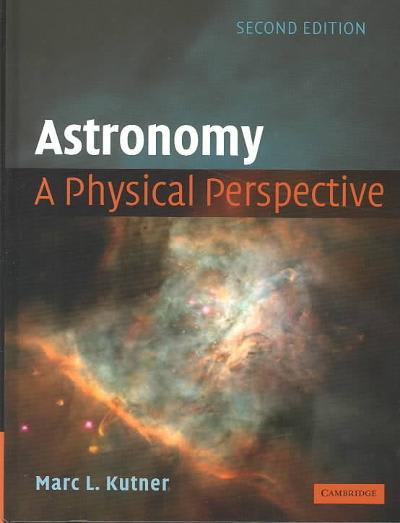Question
For this quiz, you will be using several interactive simulations to explore gravity between the Sun and the Earth, Kepler's Laws, and blackbody radiation. Below
For this quiz, you will be using several interactive simulations to explore gravity between the Sun and the Earth, Kepler's Laws, and blackbody radiation. Below you can find the links to the activities, which are on separate webpages.
https://ophysics.com/f6.html
https://phet.colorado.edu/sims/html/gravity-and-orbits/latest/gravity-and-orbits_en.html
https://phet.colorado.edu/sims/html/blackbody-spectrum/latest/blackbody-spectrum_en.html
1. Open the Kepler's Second Law simulation in another tab/window and spend some time playing with the simulation settings. You can start the simulation by clicking on "Run" and adjust the speed of the simulation in the lower left hand corner. Once you get the hang of the simulation, hit refresh on your browser to make sure the simulation looks like it did when you first opened it. What is the shape of this orbit?
2. Now, run the simulation for a bit. At what point in the planet's orbit does it move the fastest? What about the slowest? Why is that? (Hint: Look at the Kepler's 2nd Law Trace in the simulation.)
3. What happens to the planet's orbit when you decrease the mass of the Sun? Why do you think that is? (Hint: Think of Newton's laws of gravity.).
4. Now, adjust the three sliders until you create a circular orbit. You can ensure this is the case when the Orbit Shape in the lower left of the simulation says Circle. Now, at what point in the planet's orbit does it move fastest? Slowest? Why?
5. Try to make another kind of orbit that isn't a circle or ellipse! What kind of orbit did you make? How did you adjust the parameters to do this? Why do you think your parameter combination worked?
6. Now, open the simulation of Gravity between the Earth and the Sun. When you first open it, you will be asked to select between model and to scale version of the same systems. For now, feel free to pick either one and play around with the simulation. Mess around with the controls and toggles you see on the right hand side. If you turn on the You can click and drag the objects on the screen and see how this changes their interactions. If you turn on the Velocity arrows, you'll be able to change the velocity of the Earth by clicking and dragging the velocity vector. By turning on the Gravity arrows, you'll be able to see how the force of gravity changes across the planet's orbit. You can also click on and drag the location of the Earth and the Sun to see how the orbit changes.
Spend some time playing with the simulation and findtwoways to make the Earth crash into the Sun. What did you have to do? Why do you think it worked? (Hint: take a look at some of Newton's Laws!)
7. Now, findtwoways to make the Earth leave the Sun's orbit entirely. What did you have to do? Why do you think it worked?
8. Now, open the Blackbody Radiation simulation and take a few minutes to play around with the controls to understand what you're seeing. Look at the blackbody spectrum of a light bulb. You may need to zoom in on the intensity to actually see the curve. In which wavelength regime does the lightbulb emit most of its energy? (Feel free to turn on labels to help you answer this!)
Group of answer choices
Infrared Light
Visible Light
Ultraviolet Light
X-ray Light
9. Given that answer to the previous question, do you think this light bulb in particular is energy-efficient? Why or why not?
10. Compare the radiation from a star the temperature of our Sun to a star the temperature of Sirius A. Aside from temperature, what are two major differences you find?
11. Given your answer to the previous question, what do you think astronomers can learn about stars by only looking at their spectra, assuming they emit light like a perfect blackbody?
12. Below is a spectrum of a star. Describe what you see in this spectrum and what you think it means. What kind of spectrum is this? Look at some of the darker lines and compare them to the spectra in the previous questions. Can you identify an element that likely exists in this star? (Hint: Try looking at the darker lines!)




Step by Step Solution
There are 3 Steps involved in it
Step: 1

Get Instant Access to Expert-Tailored Solutions
See step-by-step solutions with expert insights and AI powered tools for academic success
Step: 2

Step: 3

Ace Your Homework with AI
Get the answers you need in no time with our AI-driven, step-by-step assistance
Get Started


